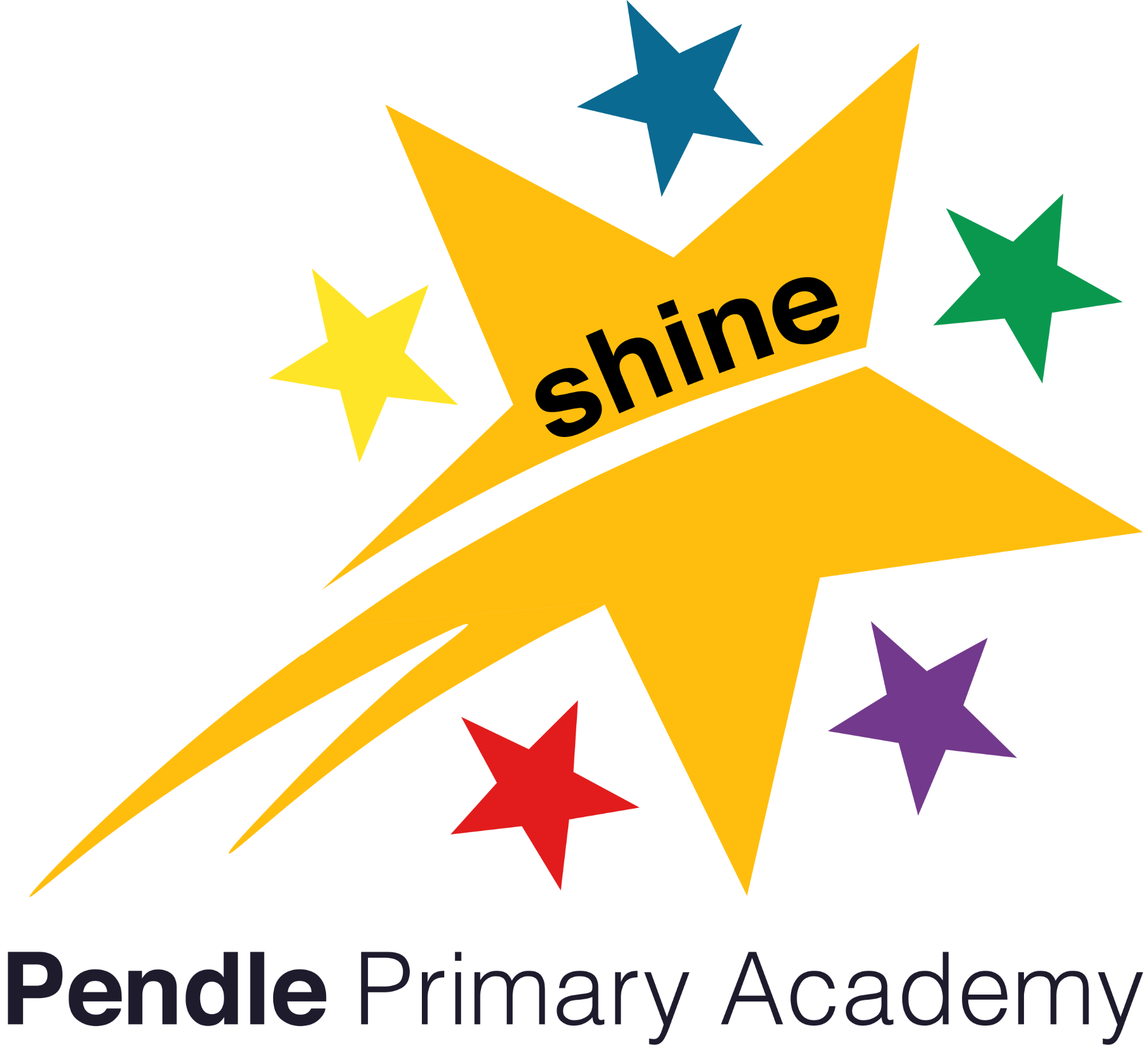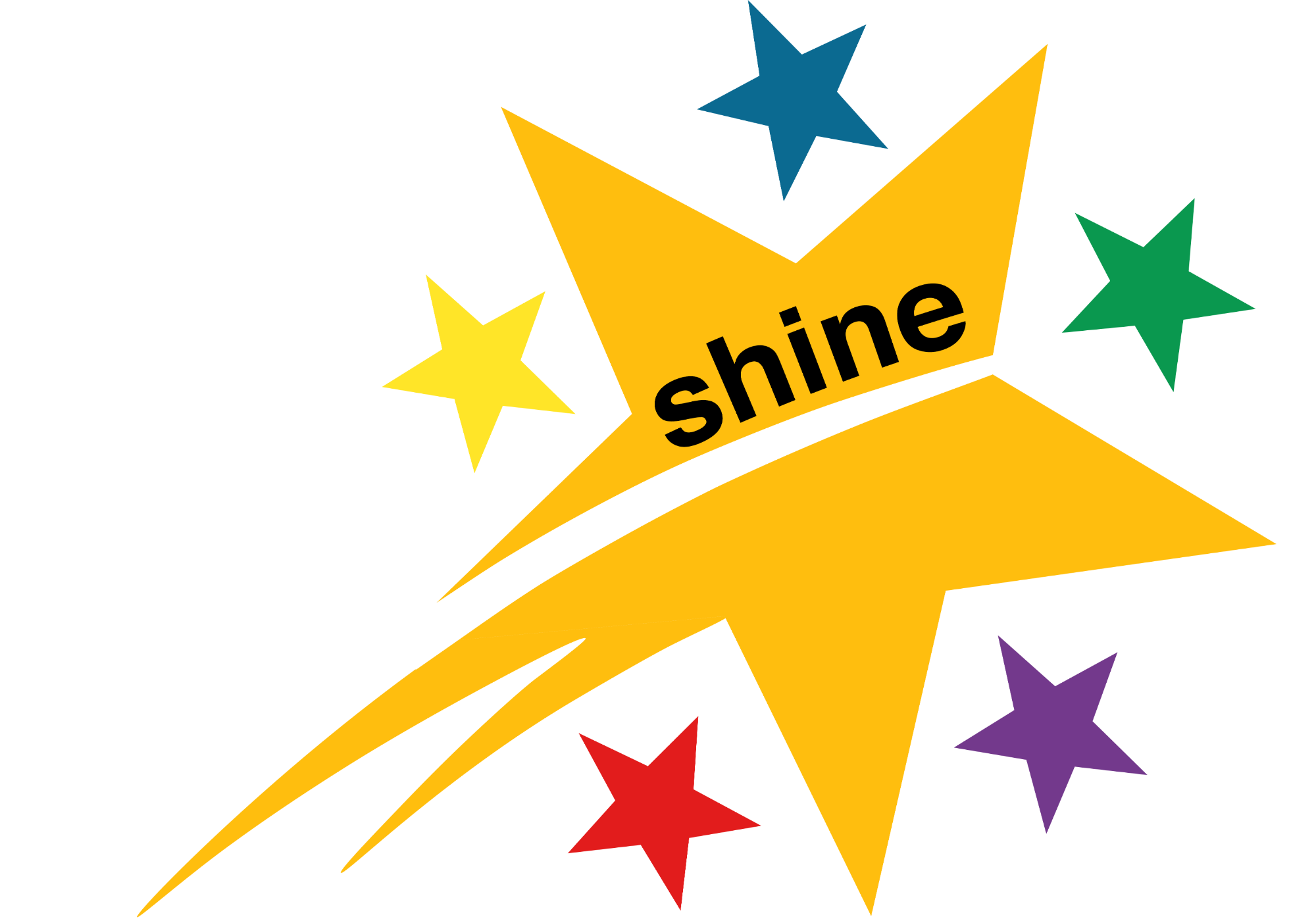
Reading
Reading at Pendle Primary Academy
At Pendle Primary Academy, reading is viewed as a fundamental skill that is essential for pupils' successful achievement throughout their lives. Learning to read is one of the most important things children will learn at the school, as access to almost every other area of the curriculum depends heavily on it. The school strives to ensure every child learns to read fluently as quickly as possible. We work hard to make sure children develop a love of reading and books. All pupils are encouraged to read widely across both fiction and non-fiction. This helps them to develop knowledge of themselves and the world they live in, establish an appreciation for reading, and gain knowledge across the curriculum.
Comprehension skills are developed through pupils' experience of high-quality discussion with the teacher, as well as from reading and discussing a range of stories, poems, and non-fiction texts. By using a rich and immersive, skills-based curriculum, children develop their understanding of how language works by looking at its patterns, structures, and origins, and they can transfer this learning across subjects. The school's aim is that the majority of word recognition skills are taught in EYFS and KS1 so that, by the time children begin KS2, they are fluent readers and can access a range of texts.
Developing strong links between home and school reading is considered vital in ensuring children become lifelong readers. The school supports parental engagement by ensuring that appropriate texts are sent home regularly for both independent reading and books to be read aloud. Each half term, a range of topic books are displayed around the classroom to build knowledge and vocabulary about specific topics, enhance learning across the wider curriculum, and simultaneously build a love of reading.
What can you typically expect to see in a Reading lesson at Pendle Primary Academy?
EYFS
The learning of phonics is the beginning of children’s knowledge, skills, and understanding that are an essential part of learning to read. Phonics is taught using ‘synthetic phonics’ via the Red Rose Letters and Sounds scheme. Children learn how to ‘read’ the sounds in words and how those sounds can be written down, which is essential for reading and also helps them learn to spell well. The teaching is active and multi-sensory, covering core features of good synthetic phonics programmes: letter-sound correspondences, blending for reading, segmenting for writing, letter formation, and tricky words. It also aims to build children’s speaking and listening skills and prepare them for learning to read and write by developing their phonic knowledge. Children access a discrete phonics session daily from their start date, beginning by revisiting Phase 1. Phase 1 focuses on developing speaking and listening skills, attuning children to the sounds around them, and preparing them for oral blending and segmenting. The expectation is that all children should have completed phase 2, 3, and 4 by the end of the year and be ready to re-visit phase 4 in Year One. Once children can blend sounds to read words, they practise reading books that match the phonics and ‘tricky words’ they know, which boosts their confidence. School uses Smart Kids L&S Decodable books, phase 1 – 4 in EYFS.
KS1
Children continue their phonic development at a rapid pace throughout KS1. The expectation is that the majority of children will achieve the expected standard in the Year 1 phonics screening check.
Alongside phonics and the related Smart Kids L&S Decodable books, the teaching focus is to develop children’s DERICS skills: Decode, Explain, Retrieve, Inference, Choice and Summarise.
In Year 1, children access a text and complete weekly guided reading sessions developing skills to carry into Year 2 where the Guided Reading approach falls in line with the approach taken in KS2. These skills are developed through carefully planned activities that children will carry out independently or with some support during the week.
In Year 2, children begin accessing the whole-class Guided Reading approach followed in KS2 - the children study one piece of text throughout the week, they access a range of carefully planned questions, allowing them to build a repertoire of language to decipher texts and the use of good questions is key, so all questions are planned in advance. Home reading books encourage the application of phonics to enable children to become fluent readers.
KS2
The teaching of reading takes place as a whole class. Teachers carefully choose texts that integrate knowledge and vocabulary from the wider curriculum. Some classes adopt a flipped learning approach where a challenging age-appropriate text is sent home at the end of the previous week for the children to read as homework over the weekend. For each text, children are encouraged to deepen their reading skills of Explain, Retrieval, Inference, Choice and Summarise, broadening their use and recognition of challenging vocabulary through explicit teaching of these skills. At the beginning of the week is a ‘guided’ session where these skills are taught at a higher level by answering assessment-style questions. For most children, a second text is introduced halfway through the week that may be the next part of a story, or a text thematically linked to the first text. Children answer a second set of carefully planned questions allowing children to show their understanding of the ERICS skills, independently. Within the week, classes complete an ‘Oracy’ session where children are taught explicit Oracy skills allowing children to delve deeper into the text (character, plot, emotions, consequences). All year groups use high-quality, engaging, and challenging texts, with quality use of differentiation to ensure progress takes place at all levels. Here is an example of what a KS2 timetable for Reading could look like. Classes have the ability to adapt this for their class to suit their needs.
How are we developing systems for tracking attainment and progress in Reading?
Our school employs a varied approach to tracking reading progress, combining weekly independent assessments, teacher monitoring, and end-of-year formal tests, all of which inform subsequent planning and targeted interventions. Every week, children complete an independent set of questions based on a new text. These questions are carefully thought out and specifically linked to our DERICS and ERICS reading targets. Teachers mark these weekly assessments, giving children a score and maintaining a record of these scores throughout the term. Following the weekly assessment, teachers complete a target card by adding the scores. Classes across the school have the flexibility to adapt this target card to break down the DERICS and ERICS targets. This allows them to monitor progress within each specific skill/target or simply record overall scores while noting specific areas of weakness. To provide a summative measure of attainment, children in Year Groups 2-6 complete a formal assessment at the end of the academic year. These assessments take the form of either old SATs papers or NFER tests. The data gathered from both the weekly monitoring (scores and identified weaknesses) and the end-of-year formal assessments is crucial. All of these sources of information inform planning and interventions throughout the year, ensuring that teaching is responsive to the children's needs and targets specific areas for improvement.
